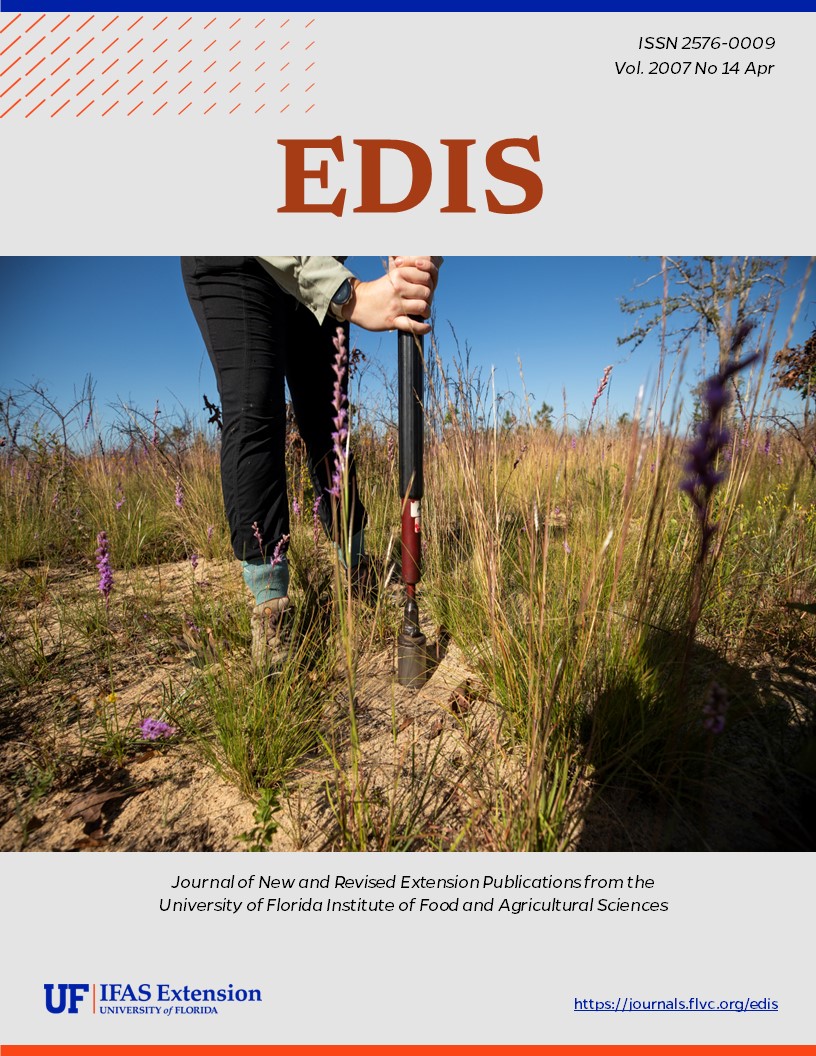Abstract
Circular 1484, a 5-page illustrated document by Ken G. Rice, Frank J. Mazzotti, and J. Hardin Waddle, describes a research program studying the use of amphibians as ecosystem restoration indicators to be used for adaptive assessment of the projects in the Comprehensive Everglades Restoration Plan (CERP). Includes references. Published by the UF Department of Wildlife Ecology and Conservation, February 2007.
CIR 1484/UW233: Use of Amphibians as Indicators of Ecosystem Restoration Success (ufl.edu)
References
Alford, R.A., and Richards, S.J. 1999. Global amphibian declines: A problem in applied ecology: Annual Review of Ecology and Systematics, 30, 133-165. https://doi.org/10.1146/annurev.ecolsys.30.1.133
MacKenzie, D.I., Nichols, J.D., Lachman, G.B., and others. 2002. Estimating site occupancy rates when detection probabilities are less than one. Ecology, 83, 2248-2256. https://doi.org/10.1890/0012-9658(2002)083[2248:ESORWD]2.0.CO;2
Maskell, A J., Waddle, J.H., and Rice, K.G. 2003. Osteopilus septentrionalis: Diet. Herpetological Review, 34, 137.
Meshaka, W.E. 2001. The Cuban Treefrog in Florida. Gainesville: University of Florida Press.
Welch, R., M. Madden, and R. F. Doren. 1999. Mapping the Everglades. Photogrammetric Engineering and Remote Sensing, 65, 163-170.
Welsh, H.H J., and Ollivier, L.M. 1998. Stream amphibians as indicators of ecosystem stress: A case study from California's redwoods. Ecological Applications, 8, 1118-1132. https://doi.org/10.1890/1051-0761(1998)008[1118:SAAIOE]2.0.CO;2

